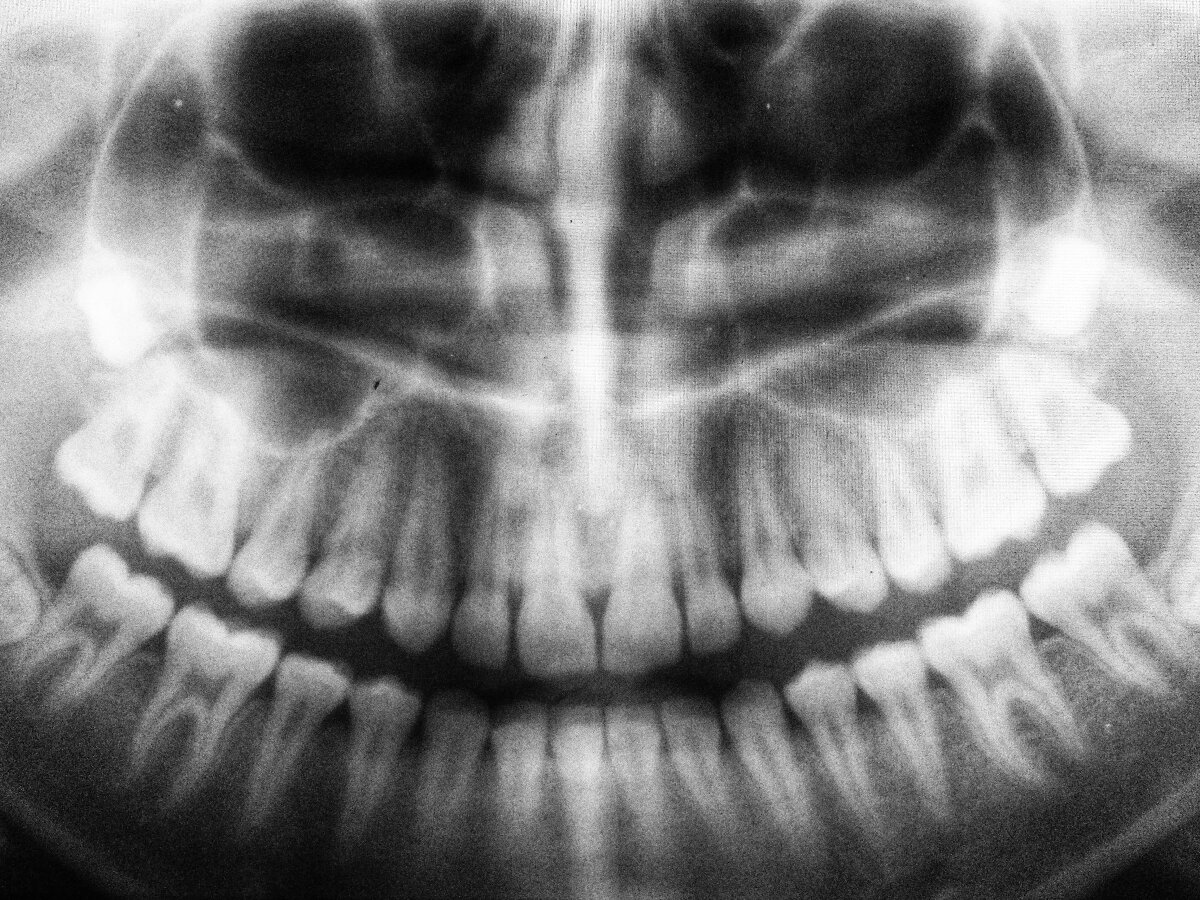How Root Canals Save Teeth
If you notice swelling or pain in a tooth or the gum around it, you may have an infection in your tooth. Or your tooth may be severely decayed, damaged, or diseased. Medication or other treatments can sometimes help with serious tooth problems such as these, but when they can’t, a root canal may provide the best option for saving your tooth.
At Steelecroft Dental, Dr. John L. Bishop cares for patients in and around Charlotte, North Carolina. If you have a problematic tooth, he can examine it to determine whether you’ll benefit from a root canal. Here is some important information about this tooth-saving procedure.
Removing damage within your tooth
Teeth are made up of several parts. The crown is the white part of the tooth that you can see when you look in the mirror. The root is the part of the tooth that attaches it to your jawbone. And the pulp is the soft tissue inside your tooth comprised of blood vessels, nerves, and connective tissue.
During a root canal, your oral surgeon creates an opening in the tooth and then removes the pulp from inside it. Once the pulp is gone, the tooth is cleaned out and may be treated with a bacteria-killing medication. Next, the tooth is filled with a specially designed compound and the little opening is sealed.
A root canal removes the damaged part of the tooth while allowing the healthy portion to remain.
A new crown
After a root canal, the tooth is fitted with a crown to protect it. To make a custom-crafted crown that fits your tooth perfectly, Dr. Bishop takes an impression that shows the dimensions of the tooth. When your crown is ready, Dr. Bishop attaches it to your tooth using a strong dental bonding agent.
After you receive your crown, you can eat and drink as you did before your root canal. Assuming you take good care of your teeth, your restored tooth can last for the rest of your life.
Minimal pain
You’ve probably heard people say that root canals are painful. In fact, they often refer to root canals as a way to measure pain. “That hurt more than a root canal!” they may say.
The truth is, root canals aren’t painful. Before the procedure, your oral surgeon numbs the tooth and the area around it completely by injecting medication with extremely thin needles. Most patients are pleasantly surprised by how painless a root canal is.
Symptoms to watch for
You may need a root canal if you have one or more of the following symptoms:
Severe tooth pain while eating or when you bite down
Continued sensitivity to hot or cold drinks or food
Swelling or discomfort in your gum
Discoloration of the tooth
Don’t wait
Ignoring tooth pain or other symptoms can make the situation worse. Without a root canal, damage may spread to the healthy part of your tooth. When this happens, the problem may become so severe that your only option is to have the tooth removed.
If Dr. Bishop determines that a root canal offers you the best option for saving a tooth that’s in trouble, he refers you to an oral surgeon at one of Steelecroft Dental’s sister practices. Be assured that Dr. Bishop co-manages your care throughout your treatment. To book your appointment for a root canal evaluation, call our office or use our online scheduling tool.

